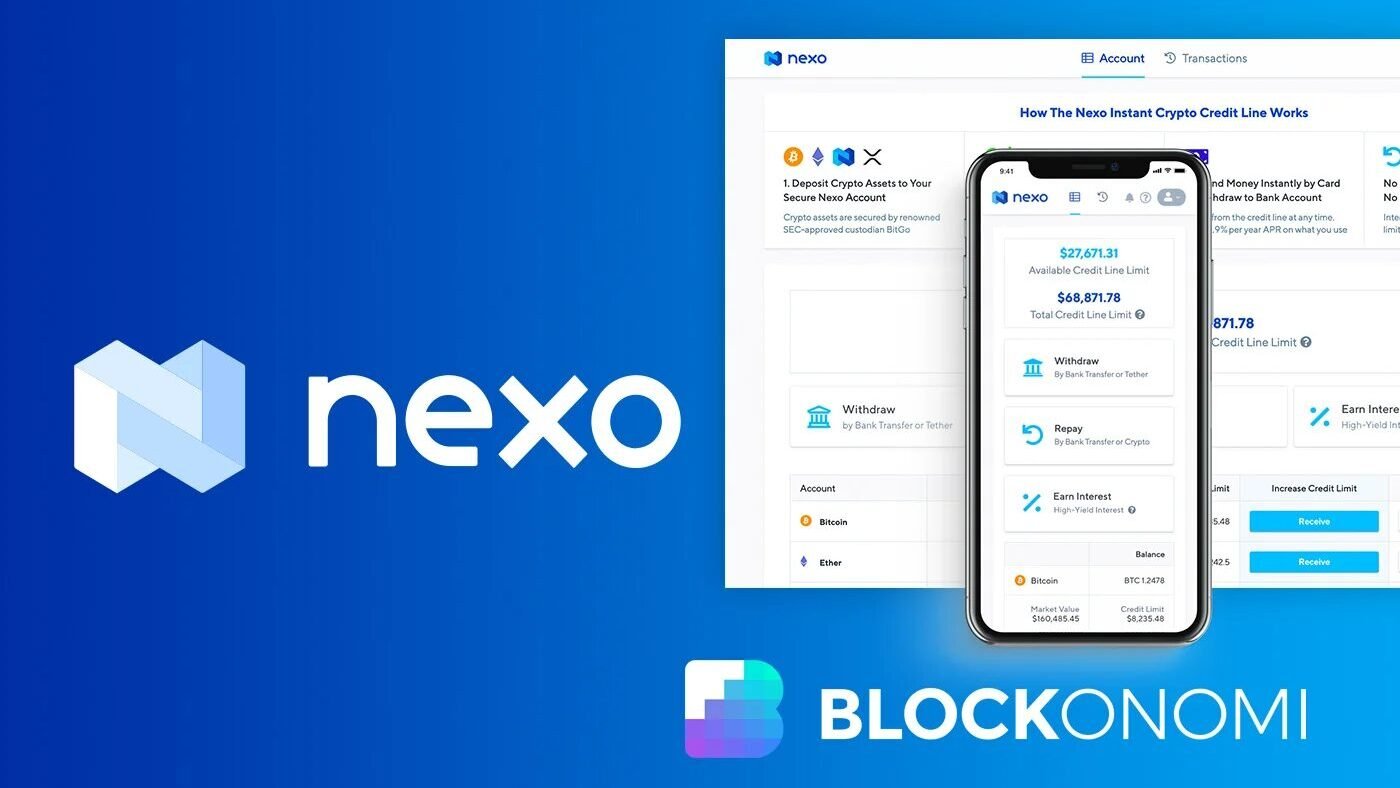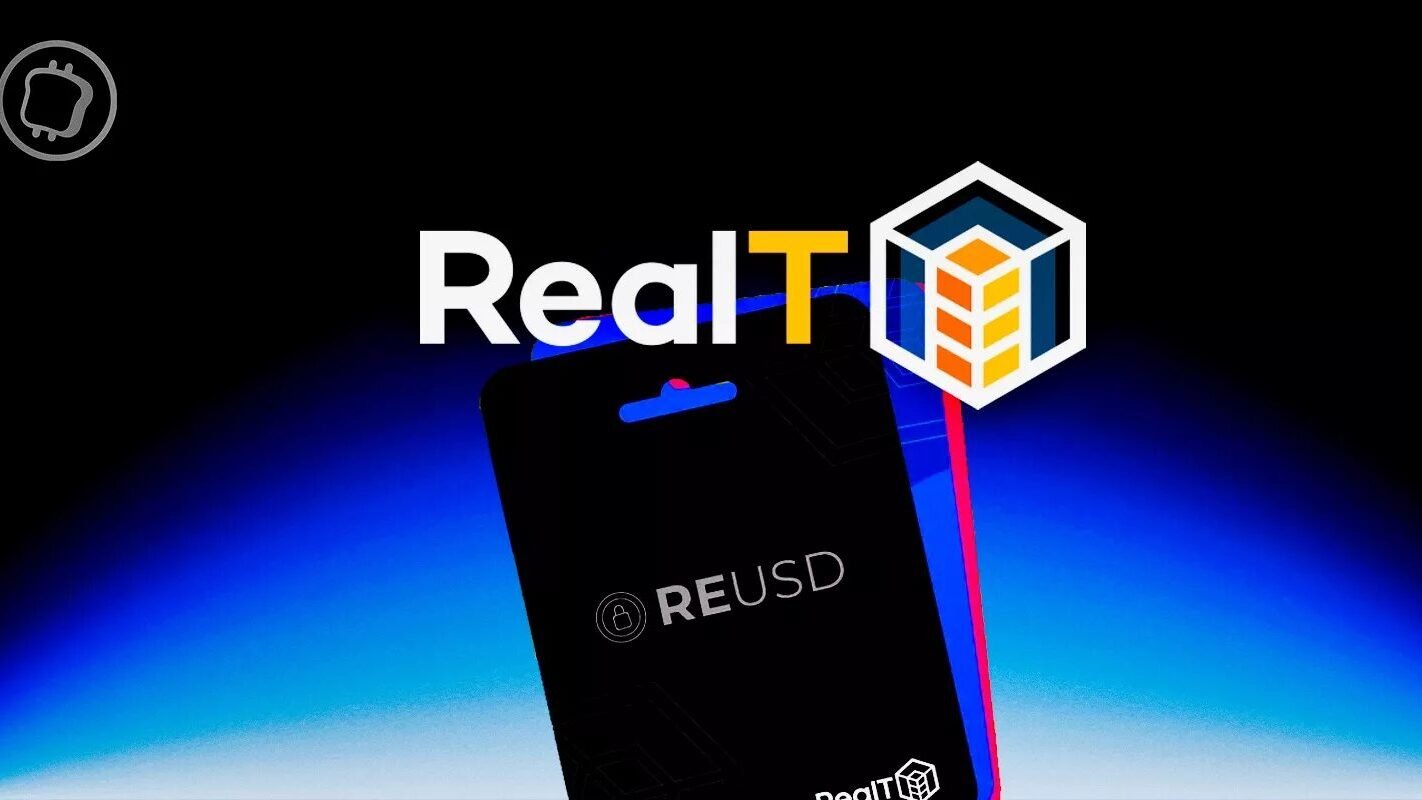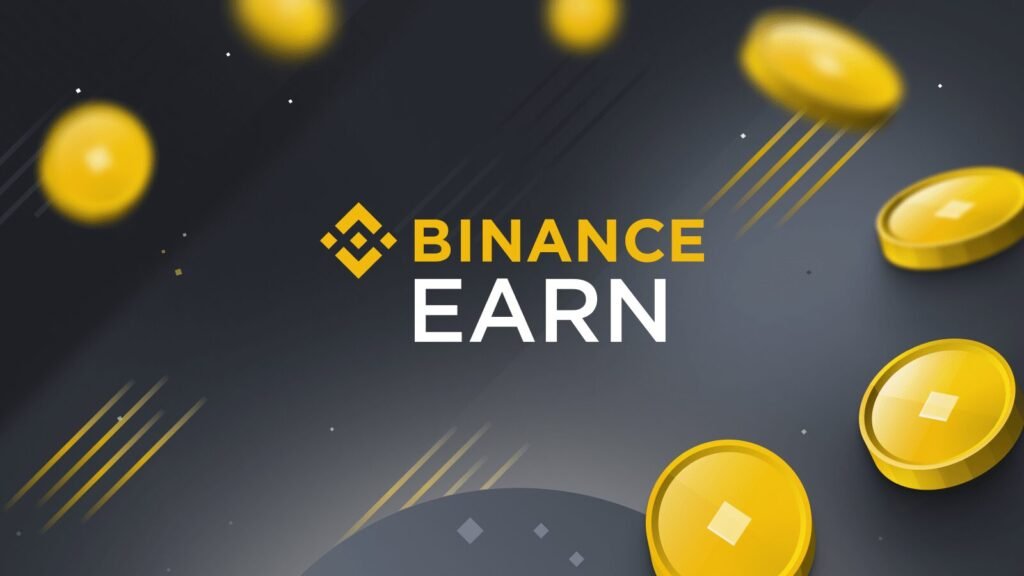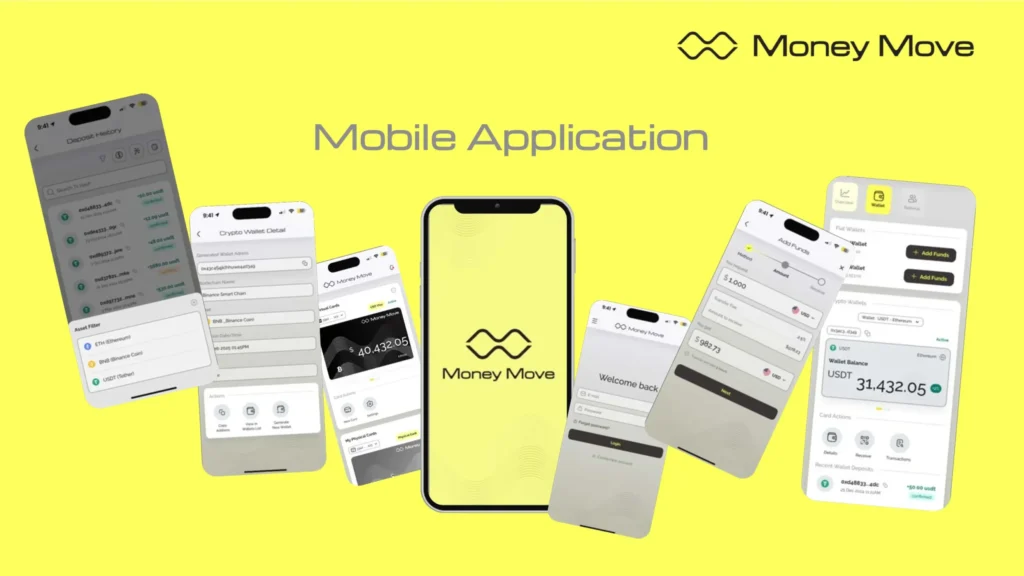5 Platforms That Take Investment Transparency Seriously (and Why It Matters)
These days, everyone talks about smart investing. But here’s the thing—investment transparency is still the one thing most platforms skip past.
You click “Invest,” and just like that, your money disappears behind a slick interface, into something you think you understand. But… do you really?
If you’ve ever asked, Where exactly is my money right now? Who’s managing it? Can I see what’s happening in real time?—then congrats, you’re thinking about the right thing.
Because investment transparency isn’t just some fancy finance term—it’s your only real line of defense when markets get weird and promises sound too good to be true.

1. Money Move: The Gold Standard for Investment Transparency
You ever used a platform that doesn’t just promise returns, but actually explains how your money is being used? That’s Money Move.
This Web2.5 investment platform focuses on RWA (Real-World Assets)—things like real estate, agriculture, or equipment that actually exist in the physical world. But what makes them stand out isn’t just the asset type—it’s how they present it.
Each asset comes with audit trails, live status, and verification records. You’re not guessing—it’s all on-chain, and traceable. Plus, their risk monitoring system is powered by decentralized AI, which continuously scans for anomalies and flags suspicious activity.
So no, it’s not some hype-y crypto playground. It’s a platform built for people who want to know what’s happening behind the scenes. And in a world full of noise? That feels different—in the best way.

2. Nexo: Somewhere Between TradFi and DeFi
Nexo feels like a bridge between traditional finance and modern crypto tools. You get lending, savings, and crypto-backed credit lines, all under one roof.
In terms of transparency, Nexo offers some asset protection proof and audit reporting. But unless you’re familiar with financial docs and legal terms, it might still feel a little murky. If you’re someone who values plug-and-play simplicity, the interface may require some learning curve.

3. RealT: Property Ownership in Tokenized Form
RealT is a U.S.-based platform that lets users own fractional shares of actual real estate and receive rental income weekly.
Transparency looks solid here—most properties come with full disclosures and legal documents. The catch? Right now, only U.S. citizens can access the platform. And while the assets seem promising, you still need to do your own homework. So yes, the model makes sense—but no, it’s not built for everyone. Not yet.

4. Cake DeFi: Easy to Use, But Transparency Has Limits
Cake DeFi positions itself as “DeFi made easy,” offering liquidity mining, staking, and yield products through a clean, visual dashboard.
Yes, it feels user-friendly. Yes, the platform clearly shows you the rewards. But when it comes to transparency, it leans more on on-chain visibility than real-world traceability. You can still track the transactions—no doubt about that—but the bigger question lingers: what actually backs this asset? And that part often goes unexplained.

5. Binance Earn: Big Brand, Mixed Bag
Binance is a giant, and it shows. With tons of savings products and the launch of proof-of-reserves systems, it’s trying to be more transparent than ever.
However, due to regulatory drama and past account freezes, some users still feel uneasy. And with such a large ecosystem, getting clear answers can be tough. Transparency exists—but it sometimes hides in fine print.

Investment Transparency Isn’t About More Data—It’s About Clear Process
Here’s the thing: just because a platform gives you dozens of charts doesn’t mean it’s transparent. Investment transparency means showing you how decisions are made, where your money flows, and what happens if things go sideways.
That’s what stood out about Money Move. It doesn’t try to blind you with tech or lure you with promises. Instead, it lays out the process, brings it on-chain, and lets AI keep things clean.
And honestly? That’s the kind of energy we need more of in finance.
Relevant News: What If You Could Identify Fake Telegram Groups Before Getting Scammed?




